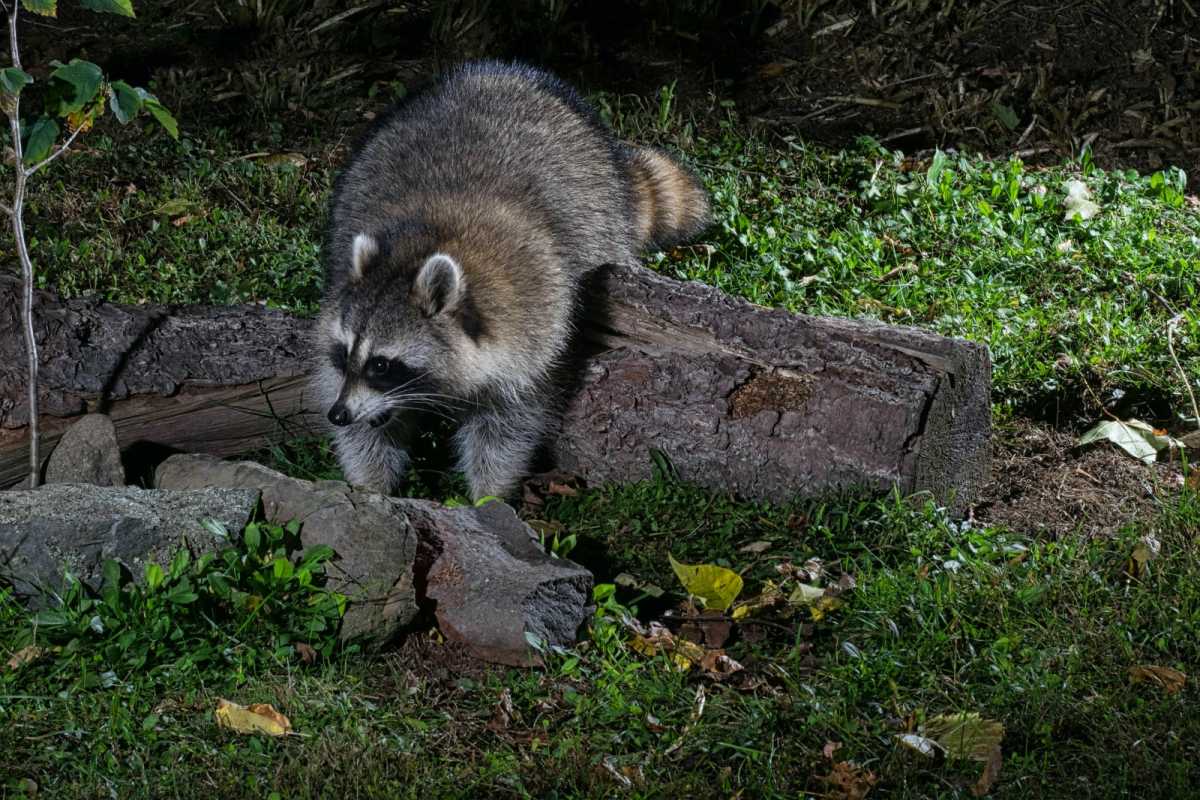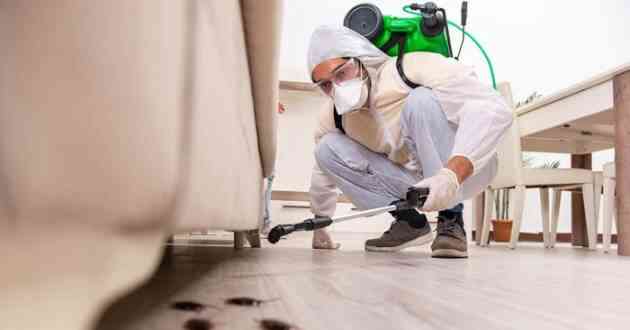How To Choose The Right Raccoon Trap For Your Home
- - Category: Pest Control
- - 10 Nov, 2023
- - Views: 94
- Save

Going over which raccoon traps would be beneficial for your home.
Raccoons have always been considered a nuisance by homeowners. They can cause damage to your property and could potentially harm your pets. If you've tried getting rid of them by yourself, you've probably realized how difficult it is to do so. One of the most effective ways of removing raccoons from your property is by using raccoon traps. However, not all traps are created equal. In this blog post, we'll discuss how to choose the right raccoon trap for your home.
The Size of the Raccoon Trap
It's important to use a trap that is large enough to hold a raccoon. To determine the ideal size of the trap, you need to consider the size of the raccoons in your area. A typical adult raccoon ranges from about 18 to 28 inches in length, not including the tail. You'll need a trap that is at least 32 inches long to accommodate the animal and to keep it from getting out.
The Type of Trap
There are two main types of raccoon traps: live traps and kill traps. Live traps are non-lethal and consist of a cage that the raccoon is captured in and can then be released. Kill traps, on the other hand, are lethal and are designed to kill the raccoon instantly. If you plan on releasing the raccoon back into the wild, a live trap is your best option.
The Material of the Trap
Traps can be made of a variety of materials, such as steel, galvanized wire, and even plastic. Steel traps are the most durable and can withstand years of use. However, they can also be the most expensive. Galvanized wire traps are an excellent option because they are a mix of durability and affordability. Plastic traps are light and easy to handle, but they may not be as durable as metal traps.
The Bait of the Trap
It's essential to put the right bait inside the trap to attract the raccoon. Raccoons are omnivores, which means they eat both plants and animals. The most effective baits to attract a raccoon include sweet foods like honey, marshmallows, and fruit. You could also use fatty or oily foods like peanut butter or sardines. Make sure to place the bait in the back of the trap so the raccoon has to enter fully.
The Placement of the Trap
Placement of the trap is essential as raccoons are intelligent creatures and will find a way around traps if they see them. Placing the trap in the right location is key to success. The best place to set your trap is near a food source or in a high-traffic area that the raccoon frequently frequents.
Choosing the right raccoon trap takes some careful consideration. You need to take into account the size of the trap, the type of trap, the material of the trap, the bait, and the placement of the trap. By taking these factors into account, you'll be able to rid your property of raccoons effectively. If you ever need any more information relating to the traps, it is always recommended to reach out to local professionals like North American Trapper. Remember, always provide proper food, shelter, and water to keep wildlife from damaging your property in the first place.


